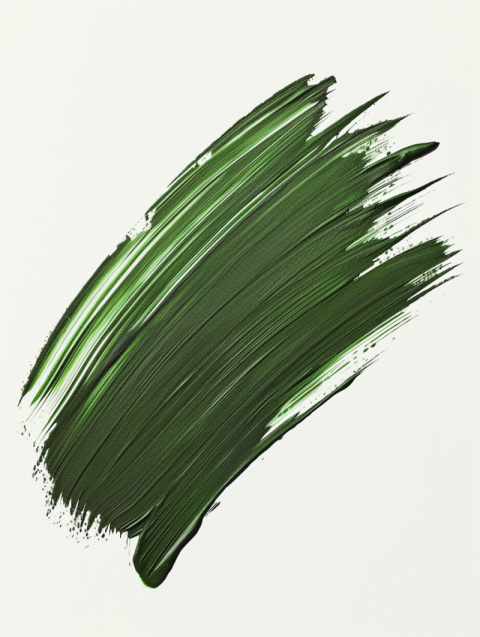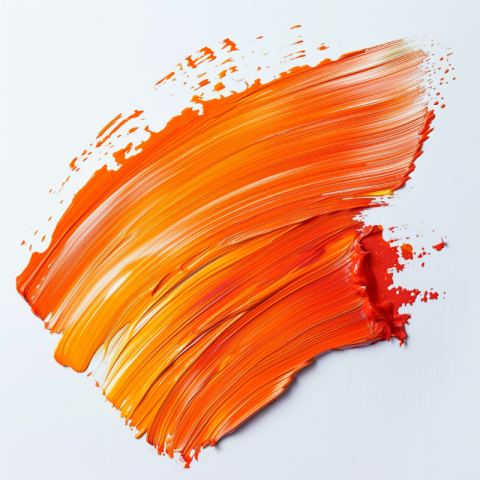











High-Quality Paint Brushes for Every Painting Style
Paint brushes are the fundamental tools that artists use to apply paint to a surface, bringing their creative visions to life. Choosing the right paint brush is crucial for achieving the desired effects, textures, and level of detail in your artwork. With a vast array of shapes, sizes, and materials available, understanding the nuances of different paint brushes can significantly enhance your painting experience and the quality of your work.
Types of Paint Brushes by Bristle Material:
-
Natural Hair Brushes:
- Sable: Highly prized for their softness, flexibility, and ability to hold a sharp point. Ideal for watercolor and fine detail work in other media. Most expensive paint brush.
- Squirrel: Very soft and absorbent, excellent for washes and blending in watercolor.
- Camel: A general term for brushes made from various soft hairs, often used in less expensive watercolor brushes.
- Hog Bristle: Stiff and durable, perfect for oil and acrylic painting, especially for impasto techniques.
- Ox Hair: Strong and springy, often used in brushes for lettering and outlining.
- Badger: Known for its unique springiness and color blending capabilities, excellent for oil painting.
-
Synthetic Hair Brushes:
- Nylon: Durable and affordable, suitable for a variety of media, including acrylics, oils, and watercolors.
- Taklon: A high-quality synthetic fiber that mimics the softness and performance of sable. Versatile and suitable for various painting techniques.
- Polyester: A more affordable synthetic option, often used in student-grade brushes.
Paint Brush Shapes and Their Uses:
- Round: Versatile brush for details, outlining, and filling in small areas.
- Flat: Ideal for washes, broad strokes, and filling in large areas.
- Bright: Short, flat brush with squared edges, good for short, controlled strokes and impasto.
- Filbert: Flat brush with rounded edges, combines the advantages of round and flat brushes. Suitable for blending and creating soft edges.
- Fan: Used for blending, feathering, and creating special effects like foliage or fur.
- Angle: Flat brush with an angled edge, useful for painting curves and precise lines.
- Liner/Rigger: Long, thin brush for creating fine lines, details, and lettering.
- Mop: Large, soft brush used for washes and blending in watercolor.
- Detail Round are essential for miniature painting.
Paint Brush Sizes:
Paint brush sizes are typically indicated by a number, with smaller numbers representing smaller brushes. The sizing system can vary between manufacturers, so it's essential to compare brushes visually.
Choosing the Right Paint Brush:
- Consider Your Medium: Different media require different types of brushes. Watercolors work best with soft, absorbent brushes, while oils and acrylics often require stiffer bristles.
- Think About Your Technique: The techniques you plan to use will influence your brush choice. For example, impasto requires stiff bristles, while delicate washes call for soft, absorbent brushes.
- Brush Shape Matters: Select a brush shape that is appropriate for the type of marks you want to make.
- Quality Over Quantity: It's better to invest in a few high-quality brushes than a large number of cheap ones. Quality brushes will last longer and perform better.
Caring for Your Paint Brushes:
- Clean Thoroughly: Clean your brushes immediately after each use with the appropriate solvent (water for watercolors and acrylics, mineral spirits or turpentine for oils).
- Reshape the Bristles: After cleaning, gently reshape the bristles to their original form.
- Store Properly: Store brushes horizontally or with the bristles pointing upwards to prevent damage to the shape.
- Avoid Soaking: Don't leave brushes soaking in water or solvent for extended periods, as this can damage the bristles and ferrule.
Where to Buy Paint Brushes:
- Art Supply Stores: Local art supply stores offer a wide selection of paint brushes for various media and techniques.
- Online Retailers: Websites like Amazon, Blick Art Materials, Jerry's Artarama, and Cheap Joe's Art Stuff carry an extensive range of paint brushes from different brands.
- Specialty Brush Makers: Some companies specialize in creating high-quality, handcrafted paint brushes.
Conclusion:
Paint brushes are essential tools for any painter, and selecting the right ones can make a significant difference in your artwork. By understanding the different types of bristles, shapes, and sizes available, and by considering your medium, technique, and budget, you can choose the perfect paint brushes to bring your artistic visions to life. Proper care and maintenance will ensure that your brushes last for many years of creative expression.
paint brushes, artist brushes, watercolor brushes, oil painting brushes, acrylic brushes, natural hair brushes, synthetic brushes, sable brushes, hog bristle brushes, taklon brushes, round brushes, flat brushes, filbert brushes, fan brushes, angle brushes, liner brushes, rigger brushes, mop brushes, best paint brushes, professional paint brushes, student grade paint brushes, paint brush set, paint brush sizes, paint brush shapes, how to choose a paint brush, how to clean paint brushes, paint brush care, painting techniques, art supplies, buy paint brushes online, best paint brushes for acrylics, best paint brushes for oils, best paint brushes for watercolors, paint brush brands, Winsor & Newton, Princeton Brush Co., Da Vinci, Raphael, Escoda, Rosemary & Co, paint brush holder, paint brush cleaner, paint brush storage, paint brush tips, how to use paint brushes, what are paint brushes made of, where are paint brushes made, blending brushes, detail brushes.

